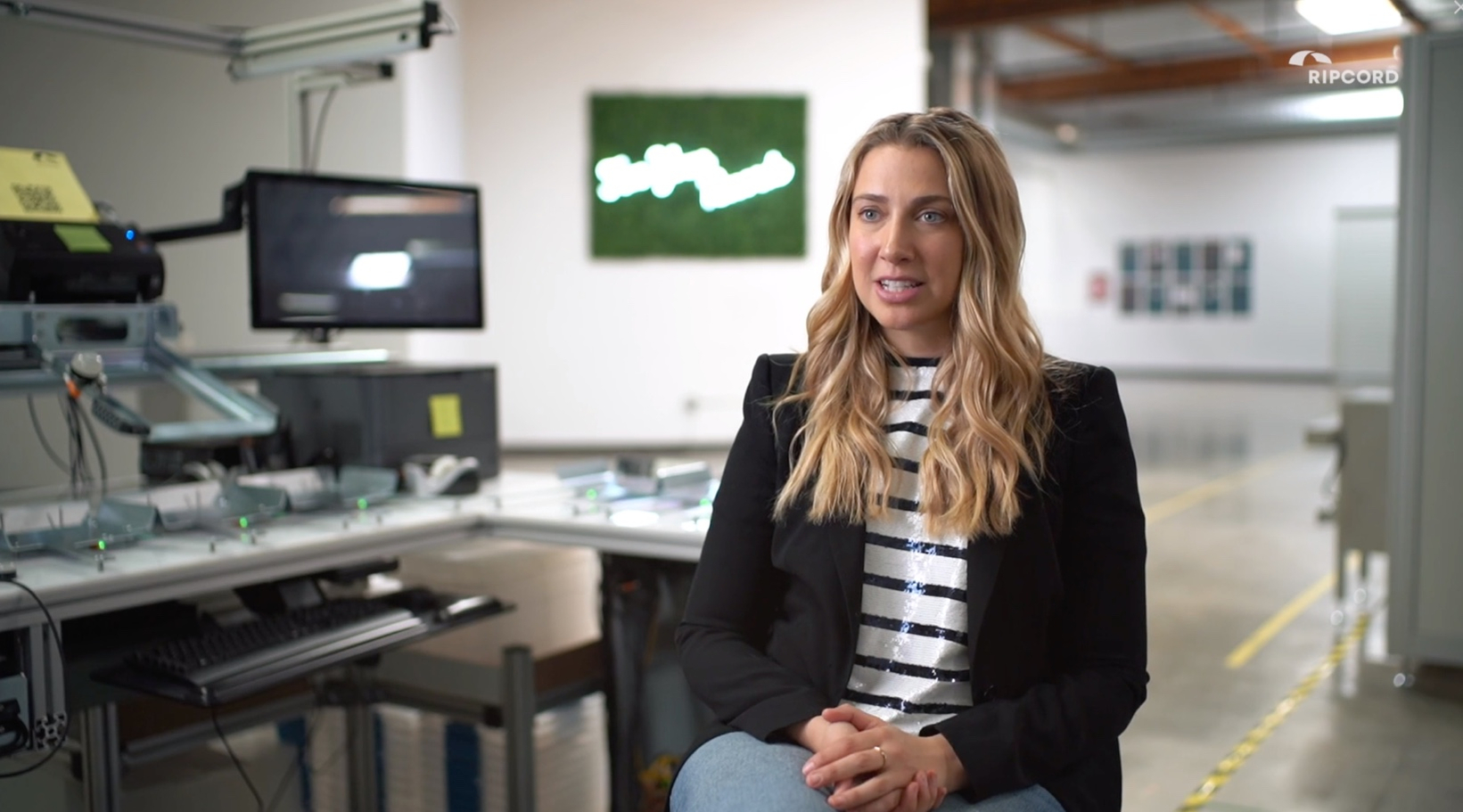
Our Founding Story
About two years ago a friend called to ask for some advice. His company, soon to go public, was going through their pre-IPO audit with a Big Four accounting firm. The firm was asking his company to produce financial records to assure that the company’s books were accurate.
Despite having a records management system that could identify what physical boxes contained these critical records, their record storage provider — the largest in the nation — was only able to find a third of the boxes required. The other two-thirds had gone missing or been misplaced by the very records company that they had paid to secure these important files, along with the company’s other 10,000+ boxes or records.
My friend was beside himself. These lost records have cost his company dearly. Their IPO would be delayed. A new accounting firm would need to be hired to audit the now restated financials. Millions of dollars were in the balance.
He asked if I had a solution and like any good friend would do, I teased and chided him.
Me: “I know you didn’t get the memo but the whole world is going paperless… How could you still have your records stored on paper and stuffed in a warehouse?”
Friend: “It’s too expensive to have people scan them. It’s also too error prone. We tried scanning boxes and it took our people more than 6 hours per box and we can’t even track what didn’t get scanned.”
Me: “There must be companies out there that solve this problem using automation instead of people alone.”
Friend: “We haven’t found them if they exist.”
Me: “I’ll do some research and find the company solving this problem with technology and you’ll buy me lunch.”
I’ll be buying my friend lunch for the rest of our lives.
What I learned was that it takes a lot to scan a banker’s box full of documents.
Why is it so hard? It boils down to this truth: humans are not designed to be staple-removers or paper-collators. We weren’t born with the ability to sort through sheet-after-sheet of paper, looking for and then removing staples, paper clips, binder clips, and other fasteners from records. This is a fundamental part of digitization and yet it’s the most error-prone because it’s so manual. No one went to school to be a staple remover. No child grows up dreaming of removing staples from paper when they’re older.
In the early days of the company, we did a few experiments with people as digitizers. In total, our human preppers digitized hundreds of banker’s boxes. What we found was that manual digitization had several key challenges: 90% of the fasteners are staples. People tend to overlook nested staples and only look on a single corner for staples. People failed to remove 8% of staples.
Almost all high-speed scanners on the market are designed for perfectly uniform content like pages that have just come cleanly out of a printer. When paper with staples still in it enters a rolling scanner, the scanner jams, and often the optics and imaging surfaces are damaged; making future scans even worse.
Removing staples, clearing jams, and dealing with the chaos inside a banker’s box takes up a lot of time. When you must remove fasteners, catalog the folders and create an index of the content, orient the paper the right way, accommodate different paper thicknesses, and deal with the inevitable paper jam… It takes 6-8 hours to digitize a single box of documents without even separating each stapled file.
With vision-guided robotics, industrial automation, advanced optics, and sensors, we’ve solved a lot of these problems. Early on, figuring out how to remove fasteners with 100% accuracy was our biggest challenge. We solved that problem about a year ago. In the past year, we’ve built robotic systems that handle paper of various sizes and thicknesses, orient the paper correctly, and identifies all the fasteners on a page with 100% accuracy. It separates packets into logical groupings so that when scanned, the end user gains access to digital files separated into their intended logical groups rather than one giant document containing thousands of pages. We’ve built a process that attributes metadata to each record so that we can automate the ongoing management of records on our cloud-based content management platform, Canopy.
When a phrase like "paperless office" gets tossed around often enough, it’s easy to start believing it’s already a reality. But repetition doesn’t make something true. We use more office paper today than ever before, and it’s growing. At Ripcord, we’re driven to create a paperless future for corporate records, turning the vision of seamless, digital document management into a reality every day.
/Ripcord%20Logo%20-%20Color%2011.png?width=2000&height=620&name=Ripcord%20Logo%20-%20Color%2011.png)



